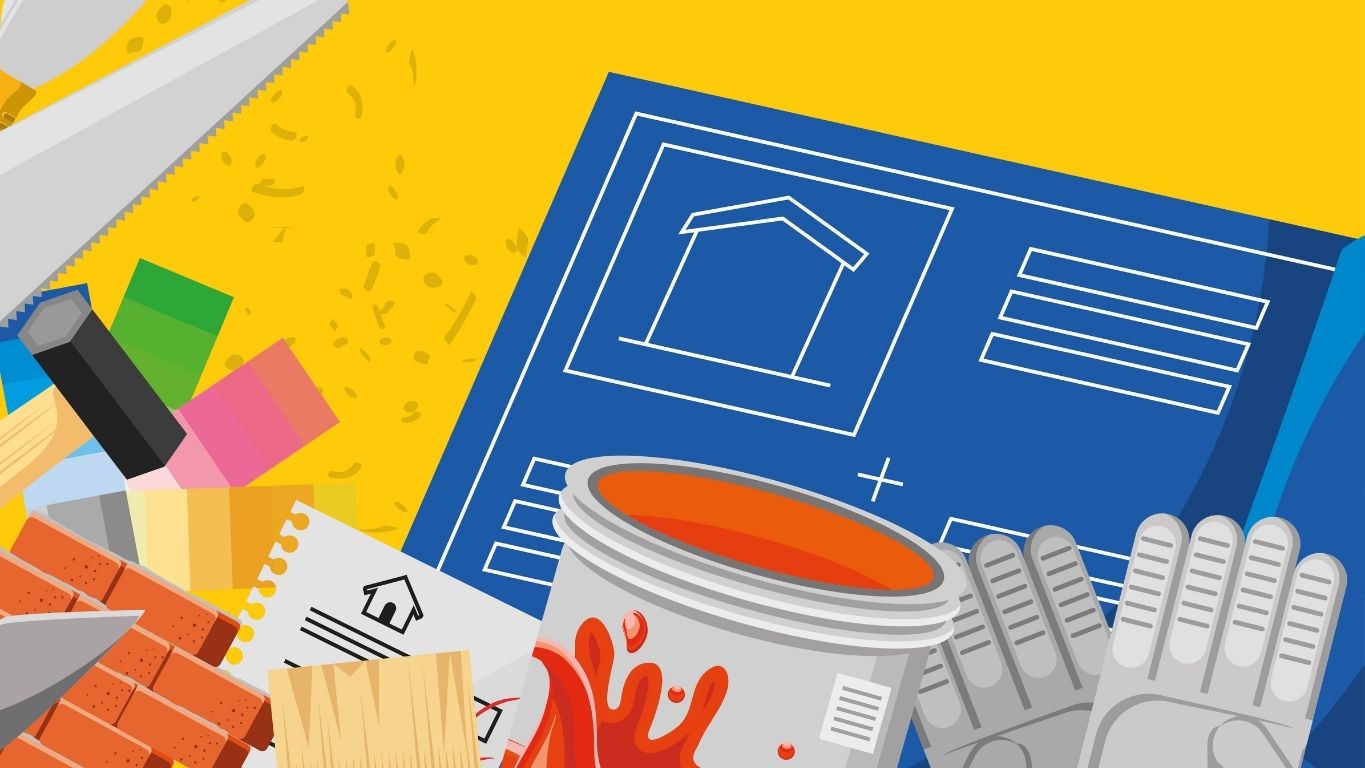Why Your Brand Should Invest In New Mover Marketing: It’s All About New Beginnings!
Moving is a major life event and signifies a whole new chapter in their lives. And guess what? This fresh start is a golden opportunity for your brand. That’s where new mover marketing comes in – it’s a strategy that’s often overlooked, but it can help your business grow and find new customers.
When people move, they’re hitting the reset button on their daily lives. They need a new coffee shop, a new vet for their furry family member, a new go-to grocery store, reliable internet… you name it, they probably need it!
This “blank slate” moment is incredibly powerful because during this life event, new movers are actively looking for solutions, and your business could be exactly what they need to get settled in their new neighborhood.
5 Reasons to Invest in New Mover Marketing
Here are a few compelling reasons why new mover marketing is worth the investment:
1. Catch Them When They’re Most Receptive
New mover marketing helps you reach people when they’re open to new brands and services. They have to make decisions, and they’re eager to find good deals.
This high level of intent means your message is more likely to click with them and get them to take action right away. It’s like offering a cold drink to someone who’s just finished a marathon – they’re ready for it!
Larisa Bedgood, Head of Marketing at PGM, shares, “When someone moves, they have a ‘permission to spend’ mindset. They’re evaluating their budget and genuinely looking for new everything for their new life. Reaching them during this major life event with a special discount or valuable offer can be your way of lending a helping hand. That’s when you truly connect.”
2. Build Loyal Customers
The brands that new movers choose in those first few weeks and months often have the potential to become their favorites for years. If you’re among the first to offer something valuable, your chances of building customer loyalty go up. According to research on new movers, 9 in 10 are willing to try new brands, making this life event a perfect opportunity for your brand to get the attention of an audience that is ready to spend.
Michelle Taves, VP & Group GM of Data and Marketing at PGM explains, “Our research shows a whopping 90% of new movers are open to trying new brands, which means that when you are the one who can reach them first with a relevant solution, you’re on your way to building a solid foundation for customer loyalty.”
Did you know? Those with a mover marketing program in place who have access to pre-move indicators as a part of their program have significantly more success. Learn more.
3. Spend Smarter, Get More Back
It might sound a bit surprising, but targeting new movers can actually lower your customer acquisition costs. Since these consumers is actively searching new products and services to get settled in their new homes, your marketing dollars go further and give you a better return on investment. Your ad is a potential answer to their immediate needs.
For example, imagine you’re in charge of customer acquisition campaigns for a regional fitness chain. With mover marketing, you can specifically target people who are planning to move or have recently moved into the neighborhoods near your locations.
4. Pinpoint Your Perfect Audience
Effective new mover marketing relies on rich data to identify and reach audiences who are planning to move or have recently moved. These insights help you focus your efforts on the people that matter most to your business.
Taves adds, “What sets our mover data apart is that we have exclusive access to a wealth of first-party insights, allowing us to identify pre-movers 2-6 weeks earlier than anyone else. This gives you an early advantage to connect with your ideal customers.”
5. Stay Ahead of Your Competition
Many brands aren’t fully leveraging new mover marketing yet, which gives you a real leg up on your competition. Powering your campaigns with quality mover data sets you up as the helpful, go-to choice for new homeowners.




